Comics in 1992! A few weeks ago the above photo crossed my social media desk. It was from a Facebook post from retailer Chuck Rozanski in which he expressed his concerns about 2020’s reliance on “IP” and “branding” for the comics market. Chuck is an eloquent writer about industry topics, and his full post deserves to be read.
However, my interest was piqued by this documentation of the Internal Correspondence Roundtable in November 1992. Chuck noted that at this event several top executives from Marvel Comics — then in the throes of the go-go Ronald Perelman era — were spouting the same kind of branding talk that he sees resurgent today, particularly at DC. Marvel went from go-go to crash-crash in a few years, so such concerns are certainly valid. However, Marvel and DC’s value as IP (sorry) to the two biggest movie studios today is staggering! The Perelman crew was on to something but had nothing but contempt for the medium. Today’s execs see a bit more value in comics beyond birdcage lining.
But that isn’t what caught my interest. You see, I vividly remember this roundtable. The conversations were printed up in a handsome supplement to Internal Correspondence, as I recall, the “business journal” for Capital City Distribution, then Diamond’s biggest competitor, and itself later to be a victim of the ’90s distribution crash. Run by Milton Griepp and John Davis, Capital always had more interesting and better-looking publications than Diamond, a trait carried on to this day in Griepp’s industry news site ICv2, which stands for…Internal Correspondence version 2.
But anyway, that is STILL not what piqued my interest about this photo. If you’ve been reading this newsletter for the last year, or the Beat for the last 15, you probably already know where I’m going with this.
Back in the day, when I got the Roundtable issue at my office at Disney Comics, I was angered by the fact that there were no women included. (Lots of people weren’t included but I started with the most obvious.) The roundtable was supposedly 25 of the most powerful people in the industry – but the list was so narrow. I complained to Milton at the time, and his response, as I recall nearly 30 years later, was that he didn’t know who would have been on it, but he would have included Carol Kalish if she were alive. (Kalish, Marvel’s marketing director, had passed away the previous year at the tragically young age of 36.)
Through the years, when asked about the origins of Friends of Lulu, an organization for women in comics that sought to broaden comics readership, I allude to the inspiration of several convention incidents, and growing outrage among my circle of women creator that the industry was more male and less inclusive to other viewpoints than ever. I’ve also talked about an industry event that didn’t include any women that really set me off. And this is that event, the 1992 IC Roundtable.
All the way back in 1992, I was upset by this bland statement of fact. Was it really true that there were NO women in positions of authority and responsibility in the comics industry whose voices mattered? I remember going into a bit of a funk of self-doubt over Griepp’s comment. Who SHOULD have been on the panel? Were we really that powerless?
In looking at the photo, it is definitely a who’s who of who was in the industry at the moment. There are a few people I don’t recognize but here’s a try; titles are kind of off the top of my head, so feel free to correct and ID the unknowns via email.
Front row (l-r): Jim Shooter, then editor in chief at Valiant; Chuck Rozanski (not doing a very good job of hiding his discomfort with the Marvel suit folks, he says); Richard Pini, publisher of Elfquest; Will Eisner; Mike Richardson, owner/president Dark Horse; Milton Griepp; retailer Bill Liebowitz
Middle row: Denis Kitchen, publisher Kitchen Sink Press; retailer Mike Raub; Bruce Bristow, DC’s marketing director; Mike Friedrich, agent at Star*Reach; John Davis, co-owner at Capital; writer Peter David; I think that’s Mel Thompson, a business analyst whose take in the comics industry was often sought; Mike Hobson (I’m pretty sure) a longtime VP at Marvel; Terry Stewart, then president of Marvel
Back row: (It gets a little dicey here) Paul Levitz, not sure of his exact title in ‘92 but he ran DC Comics; retailer Gary Colabuono; Tom Flinn , I think he worked at Capital; Allan Caplan of Skybox, a trading card company; Chris Claremont; Mike Martens, then at Capital, later at Dark Horse; retailer Ron Hon; and Shame on me! It’s David Scroggy of Dark Horse!
UPDATE: John Jackson Miller (support his Patreon!) has supplied me with an ID’d version of the above photo. Can’t believe I didn’t recognize Chris Claremont!
This is definitely a high-powered think tank for 1992. There is no Image Comics because it just started and they were punk kids anyway. There is no IDW, Boom! or Dynamite yet. Fantagraphics was around, but probably not in the mood to be asked to join such a thing. NBM was publishing, but always below the radar of the industry. Viz Media was around but manga was something no one understood.
It’s harder to remember what companies were around that aren’t around any more. Disney Comics. Malibu. Comico. Harris. There were dozens more, most of them swept up in the market crash that hit in the late ’90s.
Still, my biggest takeaway from the photo — and from my memories of the industry at the time — is just how it’s all middle-aged white men. Many of them are dear friends of mine; many helped me in my career; many are still colleagues — including Griepp. I can’t fault any individuals, but I sure can fault the system that enabled this monochromatic, mono-chromosome industry.
I will never forget how many times I was told by people in this roundtable that women and kids didn’t read comics. That’s my origin story right there. I knew this was completely untrue and set out to prove otherwise by any means possible, including founding an organization. AND I WAS RIGHT.
Obviously, it’s the gender disparity that I’m talking about now, but the racial diversity on the panel is equally dismal. This would have been right around the time that Milestone Comics was launching, so a Dwayne McDuffie or Denys Cowan would have been a valuable voice — and not just to talk about racial issues but because they are/were smart people about comics. Tokenism? One person’s token is another person’s pioneer.
To be honest, aside from Milestone, I’m not sure there was a single Black executive in the comics industry in any truly prominent position at the time. Aside from Jim Lee, John Nee, and Hank Kanalz at Wildstorm/Image, not much Asian representation either. And the same with Latinx, Indigenous and most other groups. There have always been many LGBTQ+ people in comics, some in high positions, but visibility for any but gay white men was not great in 1992.
How far have we come in 28 years? Twenty-eight years! Babies born in that year are now at the age where reading comics transitions from a young adult interest to more of a collector hobby. Today’s comics publishers heavily target this audience.
Today’s comics have vastly expanded their readership to include women and children. There are many, many more female-identified publishers, executives and creators. Racial diversity is still a struggle, but we’re seeing some progress there. Is it a “trend” or truly raising up marginalized voices? Time will tell. Queer representation has soared. In fact looking back perhaps the most diverse person on that roundtable was Rozanski, who has come out as gender fluid and identifies as female as Bettie Pages.
Comics is a place I feel more comfortable and seen now, and hopefully that’s true for others. But there’s a lot more work to be done, some of it to fight those who feel that the industry that this photo represents was their “happy place.”
There are some similarities in the industry of 1992 and the industry of 2020. Corporatization of IP, as Rozanski observes, is on the rise. And 2020 has seen the biggest disruption in comics distribution since the Heroes World debacle of the early ’90s. So much of the world has changed though, that I doubt we’ll see the same effects in the same ways — I hope. 2020 is the year no one can predict anything.
One thing I can predict: Anyone who tries to put together an industry roundtable today will have to make it a lot more diverse to reflect the comics industry as it truly exists.
ADDENDUM: As mentioned above, John Jackson Miller supplied me with a photo from the actual IC booklet that reprinted the roundtable.
It would be fascinating to reprint the whole thing online some day but he did supply me with a scan of the panel on getting new readers. Or as moderator Scroggy put it,
“Why isn’t comics a true mass media? Why after all this years and all these attempts are comic still primarily consumed by teens and young adult males?”
Dark Horse’s Mike Richardson is first out with some observations that are deadly accurate. “The answer is that the consumer is basically teens and teenage males because that is the product we sell into the marketplace. There’s a lot of lip service given to expanding the marketplace, but what the industry as it exists now basically supports is a very specialized product, superhero books.”
The topics then go to arguments that were common in the day…AND NOW. Many argue that comics are in fact a mass media, as does the late Bill Liebowitz, owner of LA’s Golden Apple, a highly influential comics shop. Liebowitz alludes to “the Death of Comics,” an event long prophesied by everyone always, and one that still looms over certain segments of the market.
“I’m not sure that we aren’t in the mass media. I’ve been fortunate enough to have a business plan and a store there’s been able to attract a breadth of people into our stores, in Los Angeles. I’m constantly amazed that comics are still a viable entertainment medium when they have been technically obsolete a long time ago. I feel our competition for the entertainment dollar and the mass media dollar, which is video stores and video games and the like. I’m surprised comics aren’t on microfilm or electronic tabs in your head, or something like that. To still be selling the stuff, I think, says an awful lot for the excitement that’s inherent in the product.”
Claremont goes on a lengthy description of a trip abroad, including Angoulême, where he saw walls of comics selling in bookshops — at this point just a dream for comics, but one that travelers often came home raving about. Friedrich, one of the first agents in comics, suggests that diversity in product is already available.
“If retailers take the opportunity to reach new customers, the product for them does exist. We have Maus, Elf Quest, we have Love and Rockets, we have Barbie, we have Donald Duck. To extend this thought, if every comic store in the country provides the Calvin and Hobbes collections as the first impressions presented to a new customer walking to the store, the demographics of our readership definitely change and expand. Unfortunately most specialty stores act like they aren’t interested in new readers outside the existing range. Fortunately, and we have many examples of it here in this room, the 150 to 200 stores in the market that do pursue new customers are some of the more successful in the field. It is on their shoulders I think that we will be carried.”
As the talk goes on, Richardson again pinpoints what is still a problem in the DM, trouble getting backorders, although it should be noted that back orders were only a dream at the time, and Diamond did introduce many ways to improve this.
“They get new customers in for the first time that they’ve never seen before– hardcore book readers who are working and looking for original prose that they can get nowhere else but in these comic books. They come in, and the store’s sold out. They have only had three of four copies. And then the stores try it, and they are realizing they have new customers they haven’t seen before and here is a great area to make a new customer. They tried to reorder it, try to access a back list, it breaks down right there. They can’t get the books back in. The re-order system breaks down on titles that are deemed not hot or not important by the marketplace.”
So there you have it. 28 years later and still the exact same problems in the distribution chain that people were complaining about 30 years earlier. No wonder some welcome the Pandemic Shift™.
When Friends of Lulu held its first meeting about eight months later at the 1993 San Diego Comic Con, attendees faced many of the same questions as these roundtable participants: how to get a wider readership that would support non-superhero material. I don’t know what came out of the IC Roundtable as action items, but the FoL group soon came up with many ideas to broaden female readership, including outreach to women and kids at shows, a reading list of female-friendly titles (lots of controversy over that one) and a marketing survey. We did get support from the industry players — including our own Diamond catalog supplement — but I wish we’d been able to get the results of that survey out. It would have been quite an interesting benchmark.
One last note: There are many references in this forum to Wertham and the 1954 comics crash, which took place 38 years earlier. Playing the relative time game, 38 years ago from today was three years before the “Modern” era of comics began in 1985. I’ve written many times about how “Fear of a New Wertham” spurred all kind of bunker mentality actions in the comics industry. It’s understandable that such a traumatic event would live on in people’s minds, but a lot of the fear still strikes me as irrational.
At any rate, it would be instructive to look at everything from this 1992 roundtable and see what has evolved and what hasn’t. Some of the distribution issues haven’t even been solved. But the one that has — getting women and kids back into the industry — is one that wasn’t even the primary concern for these power players.
(An earlier version of this appeared in The Beat’s newsletter. Subscribe today!)


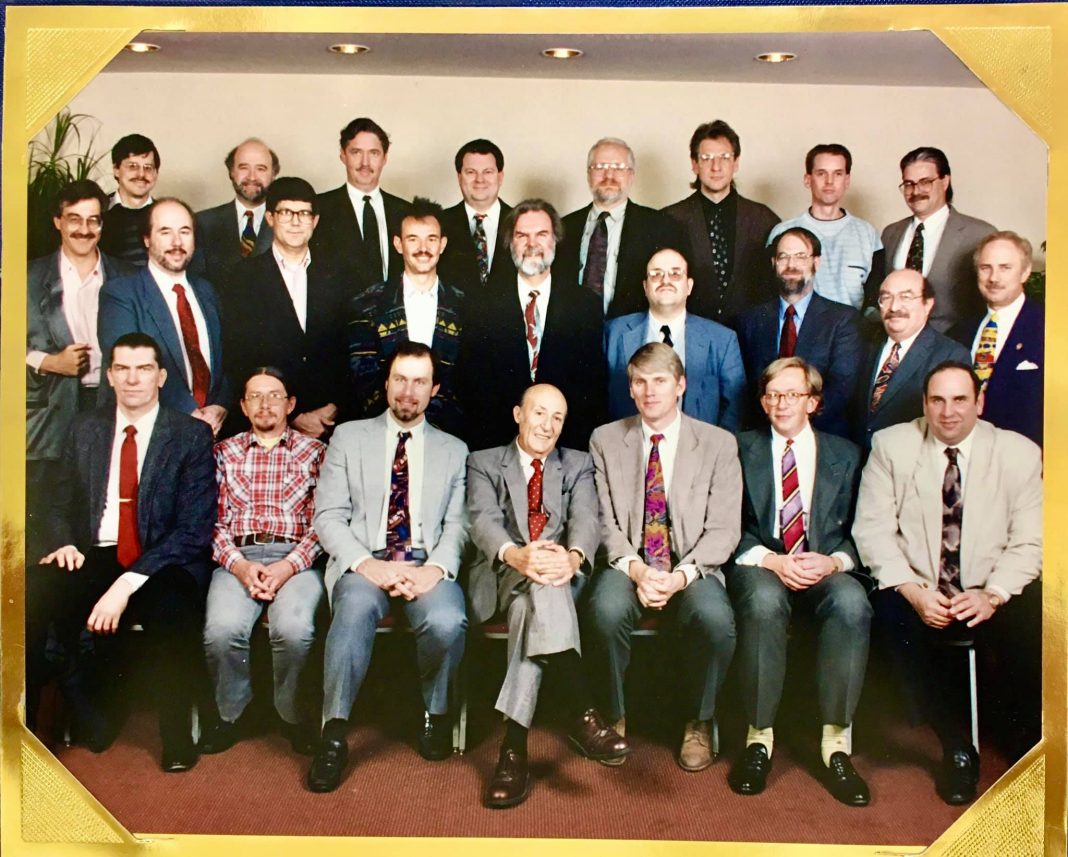
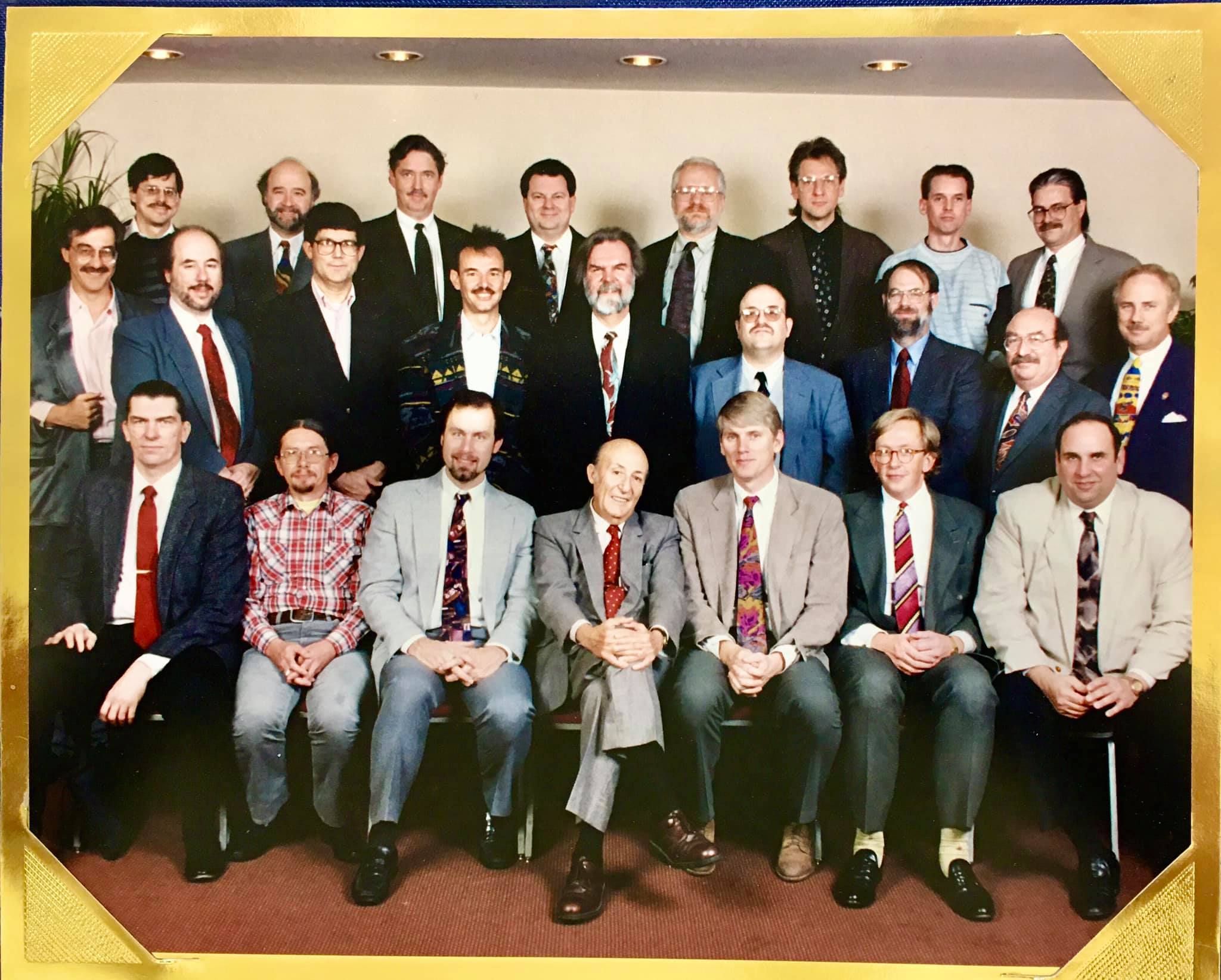
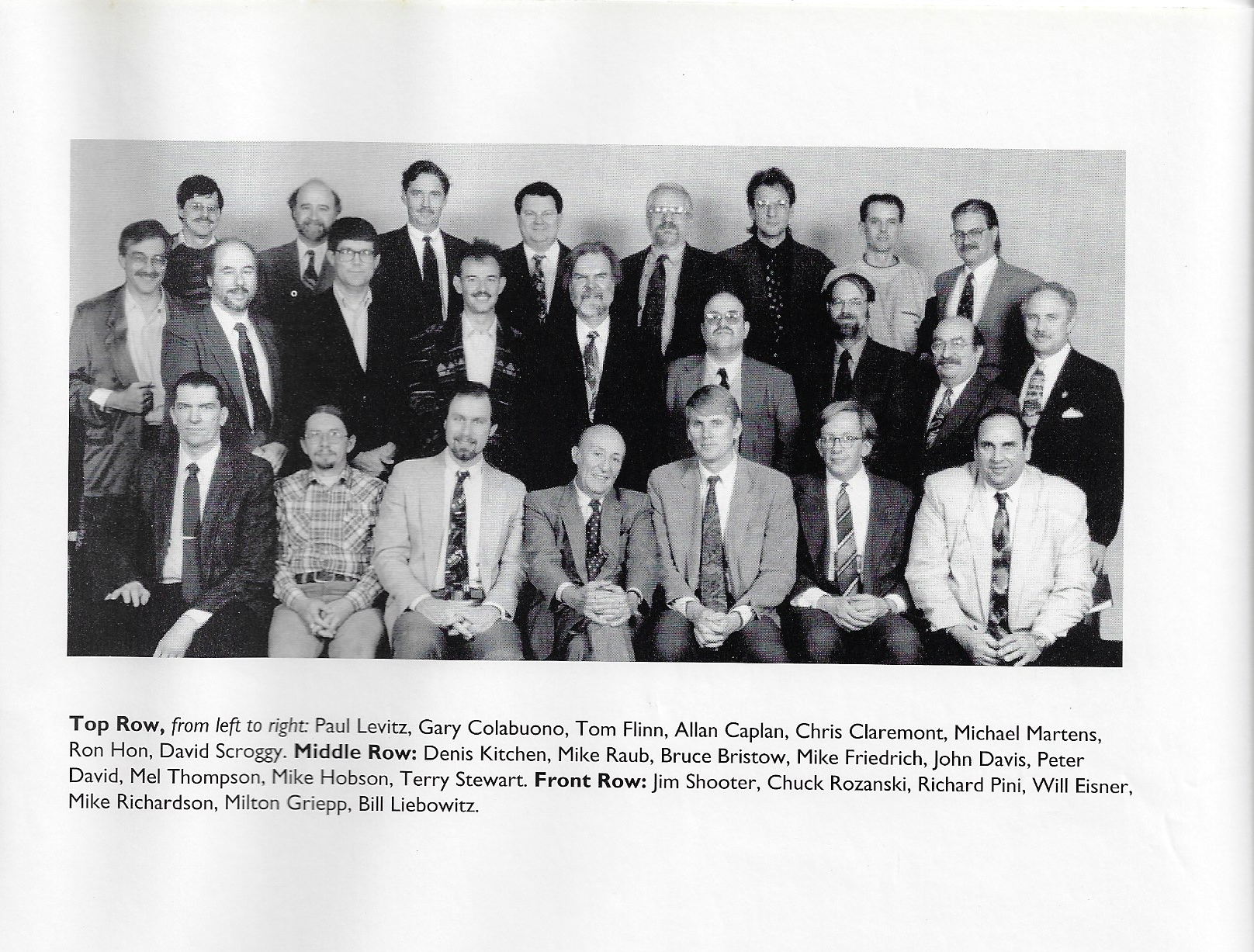
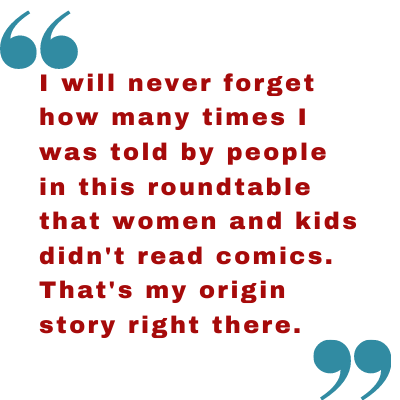
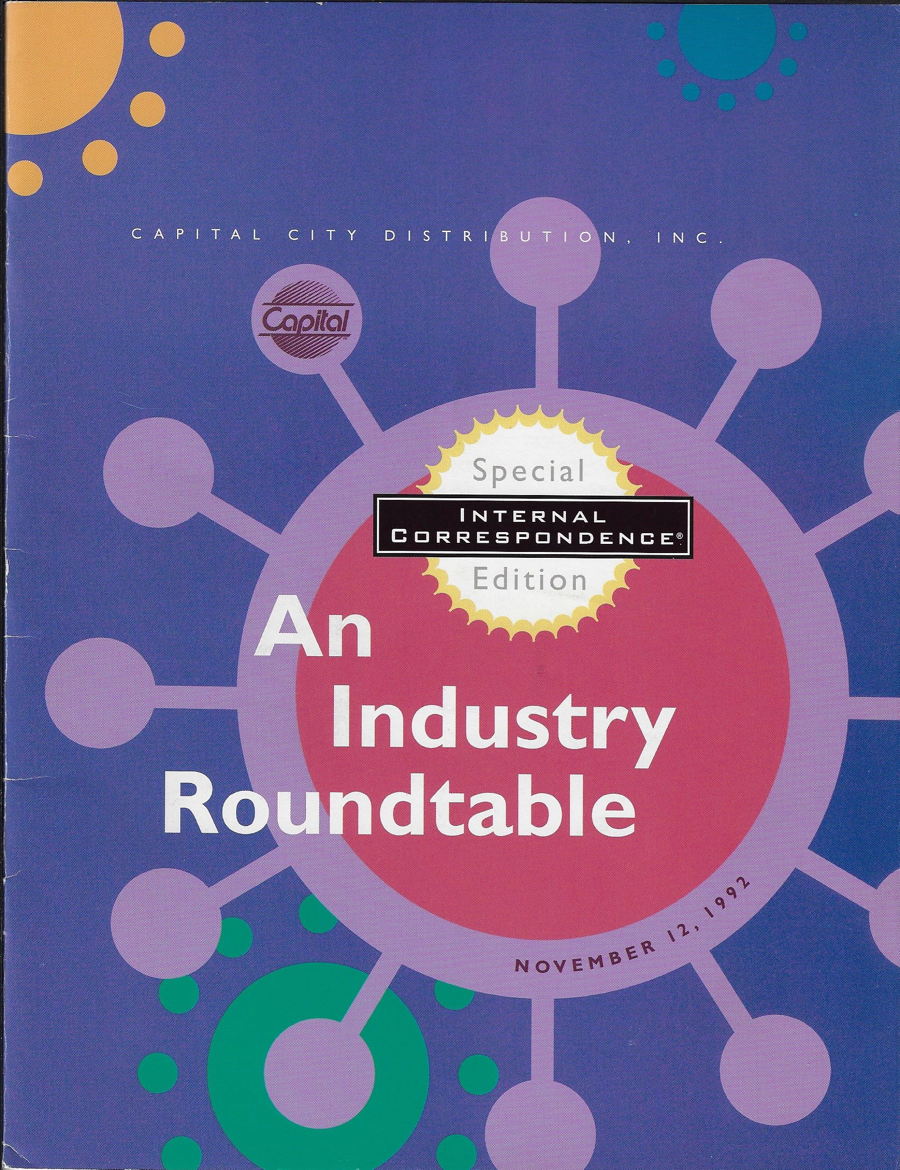
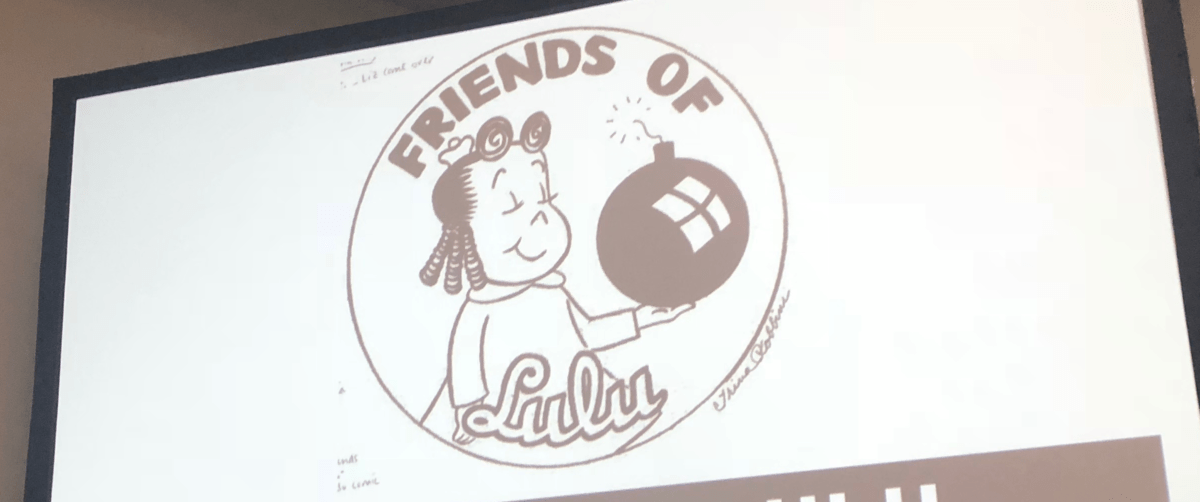

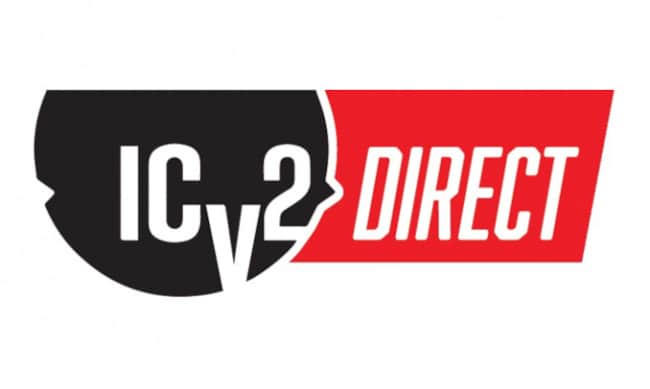
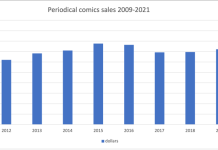



Other publishers that had a book in the top 150 of sales of Feb 1992:
Mirage
Continuity
Innovation
Now
New England Comics
Archie
Eclipse
Aardvark-Vanaheim
Millennium
Palliard
Northstar
For more of the top 250:
https://www.comichron.com/monthlycomicssales/1992/1992-02Diamond.html
Weren’t Jeannette Kahn and Karen Berger active then? I would think they belong in any “important people in comics group” in ‘92, regardless of “diversity”.
Here in Norway comics have always been for kids. Even today, people might look strangely at you when you say you are a comic book fan. It’s fascinating to me that in the EU and US comics have mostly been for adults.
In this posting (which was great, btw), you write: “I will never forget how many times I was told by people in this roundtable that women and kids didn’t read comics.”
I can’t believe Richard Pini was among these people. Elfquest always had a strong female readership.
Seth, Jeanette had stepped down as DC’s publisher in 1989 but had the titles of editor-in-chief/president in 1992. Karen Berger would’ve still been a DC editor, as this was a year before the Vertigo branding was launched with her as executive editor. I guess you could argue this meeting was a contributing factor to the creation of Vertigo in 1993.
Surprised that Kahn and Berger weren’t in the photo, or Eclipse editor Cat Yronwode. (Eclipse was in business until 1994).
Heidi said: “I will never forget how many times I was told by people in this roundtable that women and kids didn’t read comics.”
Women and kids do read comics, and always have. But the compulsion to fill longboxes with superhero floppies (and nothing else) seems to be a male thing. And because of the ever escalating cost of those pamphlets, it’s a thing for adults with lots of disposable income.
My impression is that women and kids like variety, and want to read comics in many genres — not just one.
In the book “Chicks Dig Comics,” several female pros and fans mentioned the horror comics of the ’70s as a gateway. I also loved those horror comics. The few horror comics I see these days have over-the-top gore and extreme sexual violence. They’re not suitable for kids and unlikely to appeal to many women.
The creation of the Vertigo imprint was the culmination of work Berger had been doing for the Kahn/Levitz regime at DC. While she was editing Swamp Thing, they sent her to England in ’87 (?) to recruit more Alan Moores. She returned with a stable including Gaiman and Morrison and promptly put them to work. Besides causing the creation of Vertigo, this enabled DC to take on the mantle of “the writers’ comic company” from Marvel (who was seeing star-writer Claremont eclipsed by the soon-to-be-Image star-artists). Her writing crew were a driving force in proving comics content could work for grown-up readers.
Vertigo was created in ’93 because she had ALREADY changed the game.
Cat Yronwode: good point! As someone who read the publications about the industry back then, I can attest that Yronwode’s name was everywhere then. Later, in my work life, I randomly met her daughter. Seemed like I wasn’t the first person she had met who wanted to talk about her mom!
I became aware of Cat Yronwode when she interviewed Will Eisner for the Comics Journal in ’79. She then worked on the Spirit magazine. Then came Eclipse.
Yronwode is now 73 and living in California, according to Wikipedia. She seems to have been a real hippie, even living on a commune.
https://en.wikipedia.org/wiki/Catherine_Yronwode
Maggie Thompson, Françoise Mouly, Peggy Burns and Diana Schutz were active and in my mind highly influential in the industry during that period.
As another commenter noted, Elfquest has long had a strong female readership, and in fact has a very feminine vibe. This should come as no surprise since Richard Pini’s wife Wendy drew the comics and I daresay largely drove the story. Thus, while Richard was on the panel, you could say that in effect Wendy was there too, as they were a team. Also, while the Pinis worked with Marvel, DC and other companies through the years, they’ve always made sure that Elfquest and WaRP remains theirs. With rare early exception WaRP never strayed far from their world either. Sometimes smaller is better.
Comments are closed.